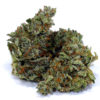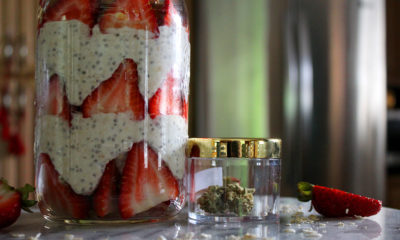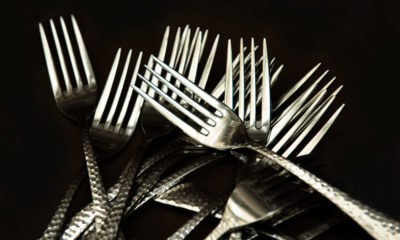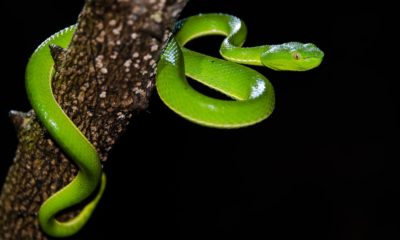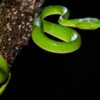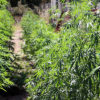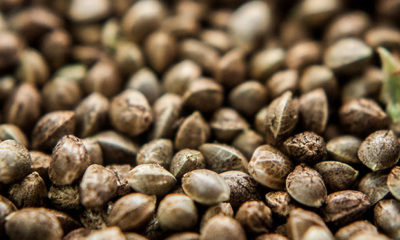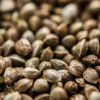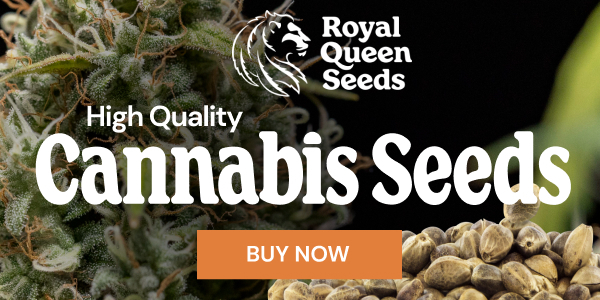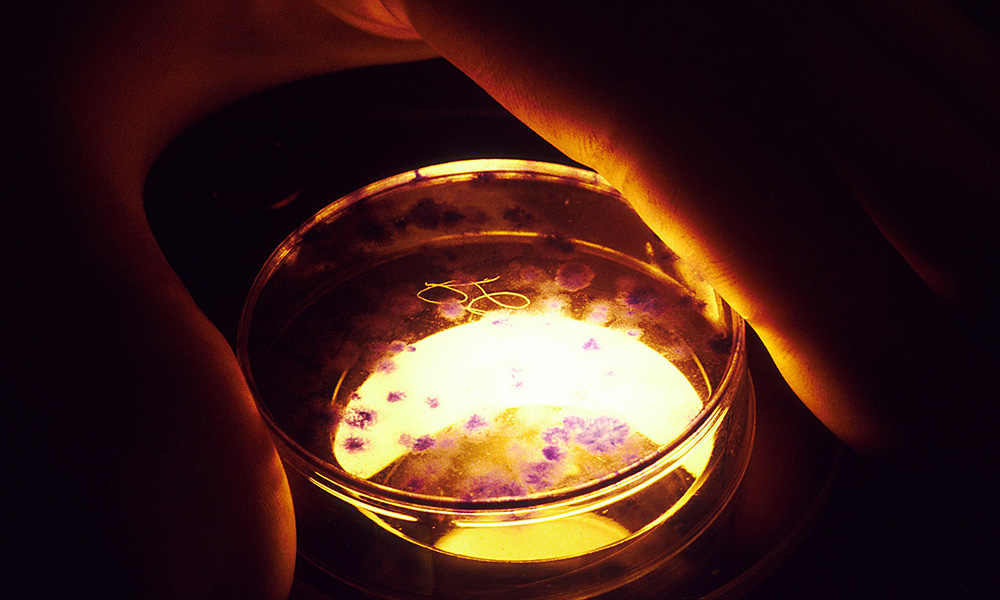
Cultivation
UC Berkeley Scientists Engineer THC-Producing Yeast
A peer-reviewed paper published today reveals that scientists in Berkeley have created a strain of yeast that can produce cannabinoids.
A new report in the renowned scientific journal Nature details how synthetic biologists at the University of California Berkeley have genetically engineered yeast that can produce marijuana’s main active ingredients of THC and CBD.
This report is notable, researchers say, because this means that one has to do to create cannabinoids is feed the yeast with sugar. This has led researchers to make the call that in the future, this will be an easy and cheap way to produce pure cannabinoids that today are costly to extract from bud and flower materials.
“For the consumer, the benefits are high-quality, low-cost CBD and THC: you get exactly what you want from yeast,” said Jay Keasling, a UC Berkeley professor of chemical and biomolecular engineering and of bioengineering and a faculty scientist at Lawrence Berkeley National Laboratory, in a press release. “It is a safer, more environmentally friendly way to produce cannabinoids.”
In their announcement today, coinciding with the release of their study in Nature, researchers noted the wider scientific possibility for the science of cannabis medicine, thanks to the discovery. This is because medical research on the dozens of other chemicals in marijuana (besides THC and CBD) is very difficult, given that many of the chemicals that researchers want to study occur in tiny quantities and it is expensive and challenging to isolate them from the plant.
Thanks to this new yeast, Keasling noted, there is “the possibility of new therapies based on novel cannabinoids: the rare ones that are nearly impossible to get from the plant, or the unnatural ones, which are impossible to get from the plant.”
Keasling has worked for years on using different strains of yeast to produce things like human growth hormone, insulin and blood clotting compounds, the press release noted.
Yeast: A Greener Way To Grow?
In their press release about the groundbreaking research, UC Berkeley’s media relations officer Robert Sanders argued that cannabinoid production through yeast was an environmentally friendly improvement on the way that cannabis is usually grown.
“Cannabis cultivation is a prime example of an energy-intensive and environmentally-destructive industry,” Sanders wrote, and added that many ways that scientists chemically synthesize is also toxic. But, he writes, “Keasling has long sought to exploit yeast and bacteria as ‘green’ drug factories.”
The report made no note of California’s many cultivators who emphasize regenerative farming and use permaculture systems on their outdoor cannabis grows. Instead, they pointed to the farmers who pollute streams, drain watersheds and erode the ecosystem.
Inside the Study’s Methods
The yeast study was conducted with the approval of the U.S. Drug Enforcement Administration (of course), and under the supervision of UC Berkeley postdoc Xiaozhou Luo and visiting graduate student Michael Reiter, who assembled the yeast in a series of chemical steps.
The researchers wanted to get the yeast to create the CBGA cannabinoid first, as this is the acidic precursor to the cannabinoid CBG, which is the building block and “mother” for cannabinoids like THC and CBD. One step, however, proved to be a roadblock: One of the enzymes that perform a key chemical step in making CBGA in the marijuana plant didn’t work in yeast.
Instead of trying to engineer a different way to get that enzyme to produce cannabinoids, Berkeley postdoc Leo d’Espaux and graduate student Jeff Wong went back the plant itself and isolated a second enzyme, prenyl transferase. That enzyme accomplished the same task when genetically engineered into the yeast, which then effectively started producing CBGA, the press release stated.
“It worked like gangbusters,” Keasling said in the release.
Following that, the researchers added another enzyme to the yeast’s DNA to convert the CBGA into THCA. A separate enzyme was added to create a way to get CBDA. Though the yeast is mostly pumping out these THC and CBD acidic precursors, the compounds still need to be separated from other byproducts in the process.
Luo and Reiter discovered that the steps they took to create CBGA could be modified to have tons of potential. If they introduce a new starter chemical to the yeast now, then they can “generate cannabinoids that do not exist in the plant itself,” the release says.
Commodifying the Cannabinoids
Since making the discovery, Keasling founded Demetrix Inc., and then d’Espaux and Wong joined him at the company. Demetrix has licensed the technology from UC Berkeley to use yeast fermentation to make cannabinoids, the release states.
“The economics look really good,” Keasling said. “The cost is competitive or better than that for the plant-derived cannabinoids. And manufacturers don’t have to worry about contamination — for example, THC in CBD — that would make you high.”
TELL US, would you consume cannabinoids grown on yeast?




